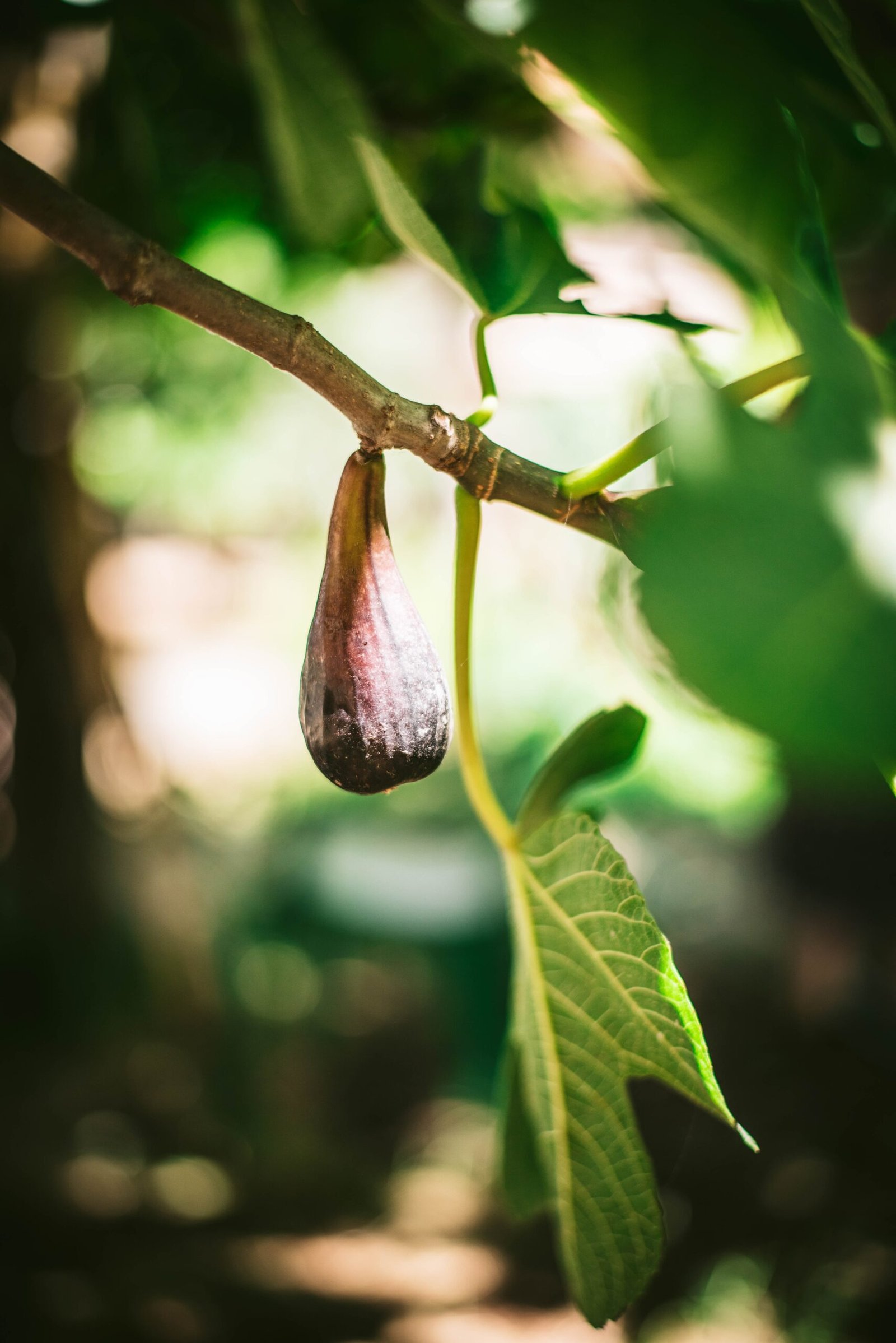
Fig trees, with their lush foliage and delectable fruits, have long been cherished in the gardens of the United Kingdom. Pruning these trees is an essential practice for maintaining their health, vigour, and productivity. However, the timing and techniques for pruning fig trees can be a matter of confusion for many gardeners. In this article, we will delve into the art of pruning fig trees in the UK, exploring when and how to carry out this vital task to ensure your fig tree flourishes year after year.
Understanding Fig Tree Growth
Before delving into the intricacies of pruning, it’s crucial to understand the growth patterns of fig trees. Fig trees are deciduous, meaning they shed their leaves in the colder months. They produce fruit on both new growth from the current season and on older wood from previous years. This unique growth pattern informs the timing and approach to pruning fig trees effectively.
When to Prune Fig Trees
Timing is everything when it comes to pruning fig trees. The ideal time to prune fig trees in the UK is during the late winter or early spring, while the tree is still dormant. Pruning during this period minimizes the risk of interfering with fruit production and reduces stress on the tree.
In the UK, late February to early March is often the prime window for pruning fig trees. By this time, the harshest frosts have typically passed, and the tree is just beginning to awaken from its winter slumber. This timing allows you to shape the tree before new growth starts while minimizing the loss of potential fruit.
Pruning Techniques
Thinning: Thinning involves removing selected branches to improve airflow and light penetration within the canopy. This technique helps prevent disease by reducing moisture buildup and encourages even ripening of the fruits. Focus on removing overcrowded, crossing, or weak branches. Aim to maintain an open and balanced canopy that allows sunlight to reach all parts of the tree.
Removal of Dead or Diseased Wood: Before the growing season begins, take the opportunity to identify and remove any dead or diseased wood. This not only improves the tree’s appearance but also prevents the spread of pathogens that could harm your fig tree.
Reducing Size: If your fig tree has become too large for its space, you can use the pruning process to reduce its size. However, be cautious not to remove more than one-third of the tree’s overall mass in a single pruning session. Gradual reduction over a couple of years is safer and less shocking to the tree.
Pruning Young Trees: Young fig trees benefit from formative pruning to establish a strong structure. Remove any competing central leaders and encourage a well-spaced set of main branches. This early training will create a more manageable and productive tree as it matures.
Pinching Back Shoots: During the growing season, consider pinching back the tips of young shoots. This encourages branching and a bushier growth habit. However, avoid excessive pinching if you are aiming for maximum fruit production, as it can limit the number of fruits produced.
Pruning Fig Trees for Fruit Production
While fig trees are often valued for their ornamental qualities, fruit production is a central goal for many gardeners. Pruning plays a crucial role in achieving a bountiful harvest.
Pruning for Breba Crop: Figs produce two main crops each year: the breba crop, which develops on last year’s wood, and the main crop, which develops on the current season’s growth. To maximize the breba crop, avoid heavy pruning in the winter or early spring, as this can remove the wood that bears the early fruits. Instead, focus on thinning and shaping the canopy to encourage healthy breba fruit production.
Pruning for Main Crop: For the main crop, strategic pruning is essential. Prioritize removing weak or unproductive shoots to channel the tree’s energy into developing robust branches that will bear the main crop. However, avoid excessive pruning that could limit overall fruit production.

Conclusion
Pruning fig trees in the UK is both an art and a science, requiring an understanding of the tree’s growth patterns and the right timing to ensure optimal results. By following the guidelines provided in this article, you can master the art of pruning and foster the health, vigour, and fruitfulness of your cherished fig tree. Remember, each tree is unique, so observe your tree’s responses and adjust your pruning techniques accordingly. With proper care, your fig tree will reward you with bountiful harvests and a beautiful addition to your garden landscape.

Leave a Reply